By Mary Lyn Fonua

The smashing of the protective walls around Tonga’s War Memorial and removal of its memorial plaques, during the site clearing for St. George’s Palace construction at Pangai Si’i last week might possibly be illegal.
Memorials, including their fencing and land, are protected under Tonga’s little known “Preservation of Objects of Archaeological Interest Act”, which has penalties of up to three years imprisonment for offences.
Before a protected item can be moved or taken away the Act requires a permit from the Tonga Traditions Committee, which must be on a special form, and conditions may be imposed. It also gives the Traditions Committee, an elite body chaired by Tonga’s King, the power to inspect and stop destruction.
Tonga’s Lord Chamberlain, Viela Tupou, is the contact person for the officers of the Tonga Traditions Committee.
“Nobody has contacted us,” she said yesterday. “I heard that the armed forces expressed concern about the war memorial when they started removing the guns, but I don’t know what went on from there. We were there for the ground-breaking and it was all intact and I just assumed it was staying there,” she said.
When asked if the permission had been granted by the Traditions Committee to pull down the cenotaph, Viela said, “I doubt that very much because there was not contact from the Prime Minister’s Office, none whatsoever, they did not check.”
HMAF
Commander Taniela Tuita of HMAF said the cenotaph was commissioned by the late Queen Sālote on 11 November 1923 to honour the men of Tonga who served and died in the first world war.
“More names were input later after the second world war for those who served and died,” he said.
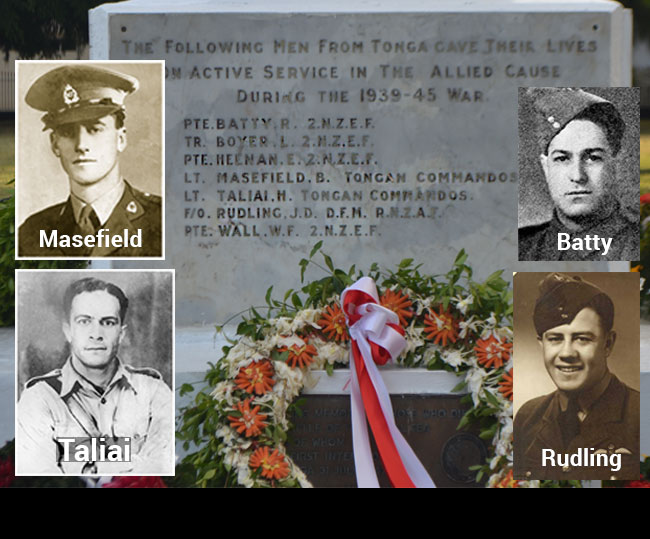
Cmdr. Tuita spoke on Radio Tonga last month about plans to relocate the cenotaph to a temporary site in front of the national flagpole on the seafront. “We are going to put it there for the time being, I suppose for the next two years until after the completion of St. George’s Palace,” he said on September 4.
The Ministry of Infrastructure is responsible for clearing the site.
“I guess that if they manage to move it in one piece that is going maintain the integrity of the stone itself, otherwise if they cannot move it in one piece - then it’s going to have a strong feeling on the old generation and the public,” he said.
Cmdr Tuita said he believed that the removal was authorized by the former King George Tupou V because he had made the plans for St George’s Palace. But he did not know if the Traditions Committee procedure had been followed under the Act.
“No, I haven’t come across anything under the Act, but I suppose if there is a procedure they should abide with procedure. It’s good to remind us to take into account the legislation,” he said.
Site works
The CEO of Infrastructure, Fotu Veikune was not available on September 4 to comment on whether or not the Traditions Committee permission had been obtained to remove the cenotaph and also if the construction funding included an allocation for its rehabilitation.
Critics of the development also claim that an environmental impact assessment was not conducted for the project and that there was no public consultation. The future of the old Treasury building and the historic Parliament House is also unclear, but it is possible the buildings will be also targeted for removal.
History
The war memorial was established in remembrance of those who served in the Great War of 1914-18, said Siamelie Latu, historian for HMAF (formerly Tonga Defence Services).
“It's sad to have known that the cenotaph is being removed from its historical location. However, I hope there is a better location for it,” he said this week.
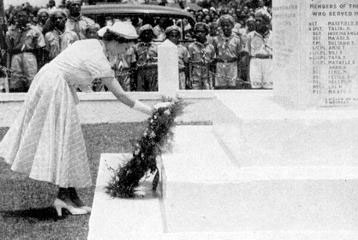
When Britain’s Queen Elizabeth II visited Tonga in 1953, her first official duty was to lay a wreath at the Pangai Si’i cenotaph.
The last Remembrance Day ceremony was held there on 25 April 2015.
Siamellie believes there should be more public awareness “to preserve the [war] volunteers' efforts, which will serve as an inspiration to His Majesty's Armed Forces and the Nation.”
He said that being a British Protectorate, Tonga sympathised with the British War efforts and volunteers from Tonga joined the war. “The Premier (Polutele) Tu'ivakano did wish, however, that Tonga was economically able to raise a force to fight in the war. The King's Guards, the only military force in Tonga, was disbanded in 1909.
“The British War Council, after request from the New Zealand Government. eventually approved the Maoris to fight in the Great War, making it possible for other Pacific Islanders to volunteer. Altogether, there were 631 Polynesian volunteers. The majority were from Rarotonga and Niue, and 56 were from Tonga. Of the volunteers from Tonga, the majority were English subjects who were residents in Tonga,” he said, while a number of them were part-Tongan and indigenous Tongan, and other nationalities.
On the web, Jan-Hai Te Ratana, Aranui Library notes that It wasn't until 1916 that the recruitment party travelled to Tonga, and those of mixed descent were allowed to enlist under the Pioneer Battalion or Native Contingent. Interestingly, there were nine sets of brothers from Tonga that served (mostly together): Roberts, Skudders, Cockers, Jurys, Legers, Parsons, Ramseys, Lynchs, and Lydens. The Skeens were cousins. The highest rank that was reached by a Tongan was held by Sergeant Baisley Leger. Five of them also received awards of high distinction. Thirteen Tongan soldiers lost their lives to disease and in action. http://tongainworldwar1.webs.com/inmemoryof.htm

Some 91 men born or living in Tonga have been identified as having served in World War 1. There were some that served in the French Forces and British Royal Engineers. Sione Taliauli was training at the Auckland University Medical School and enlisted in early 1915. He served on a hospital ship, and after taking leave in New Zealand, re-enlisted once again to serve in Palestine where he died of disease. He was buried in Ramleh Cemetery near Jaffa, Israel.
There were 53 soldiers commemorated on the Tongan War Memorial.
After World War II the names of six Tongan-born men and their New Zealand officer Lt. Ben Masefield who gave their lives in the conflict, were added to the memorial. Masefield died in the Solomons as did 2nd Lt. Heneli Taliai, who died on a commando patrol and is remembered by Tongans as a war hero. http://nzwargraves.org.nz/user-story-1350701841
Today we know a little about these men from the work of Siamelie Latu and others. Many of Tonga's war dead are buried in war cemeteries in the countries where they fell. Biographical information is being collected by both the Auckland Museum War Memorial Website and the New Zealand War Graves Project and published on their websites (to which information may be added). For example, from the second world war we can find out that:
Lt. Ben Masefield (22 years) (NZ & Tongan Commandos) died in Solomons 1943.
2nd Lt. Heneli Taliai (Tongan Commandos) Tongan-born, died in Solomons 1943.
Sgt Richard Batty (22 years) Ha’apai-born (mother, Vea) served in the Solomons and died from illness 1943.
Trooper Lawrence Boyer, 2.N.Z.E.F. Nuku’alofa (mother, Ledger) died in Italy in 1944.
Pte Esbert Eric Heenan (27 years) 2.N.Z.E.F. Born Nuku’alofa (mother, Becker), died in North Africa 1942.
F/O John David Rudling (22 years) (Distinguished Flying Medal), RNZAF. Born Vava’u, died in Burma 1944.
Pte. William Frederick Wall (32 years) 2.N.Z.E.F. Nuku’alofa, died in Egypt 1942.
Whether or not the cenotaph will be restored to carry their names to future generations remains to be seen, or is it just another irreplaceable loss?


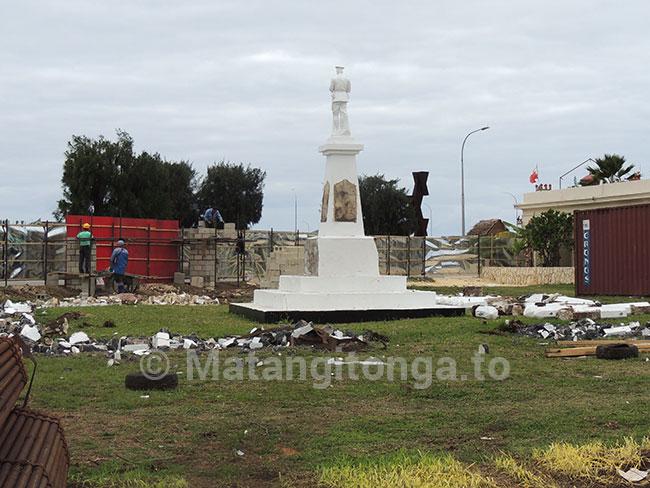
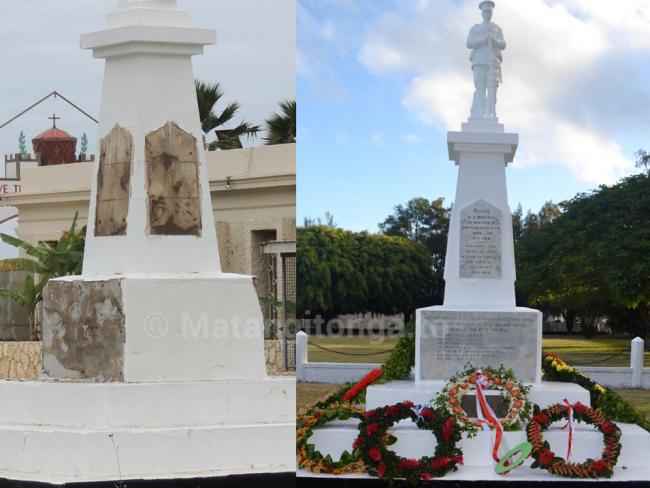
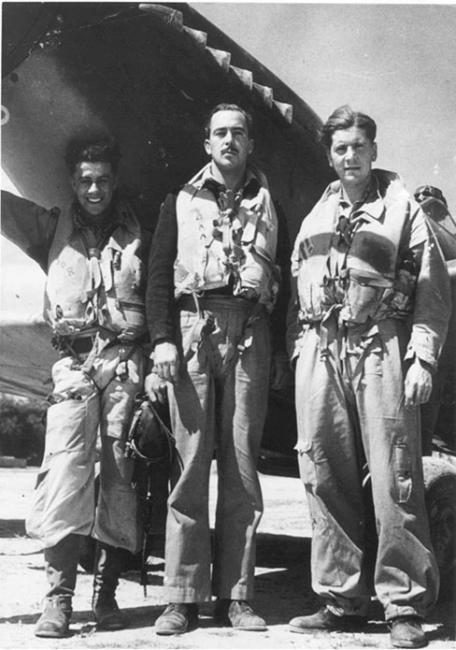
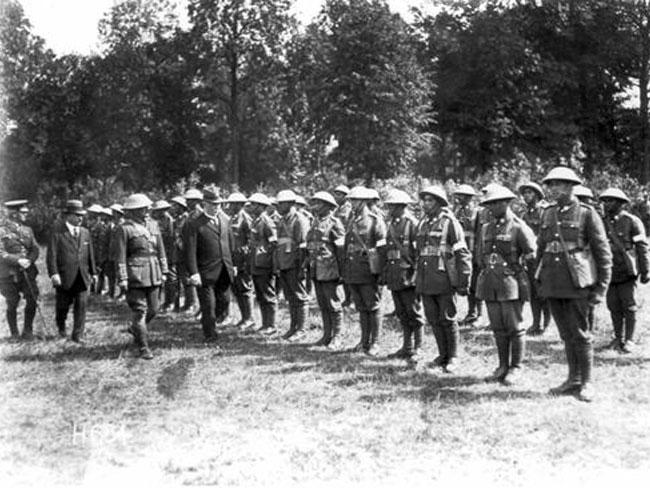
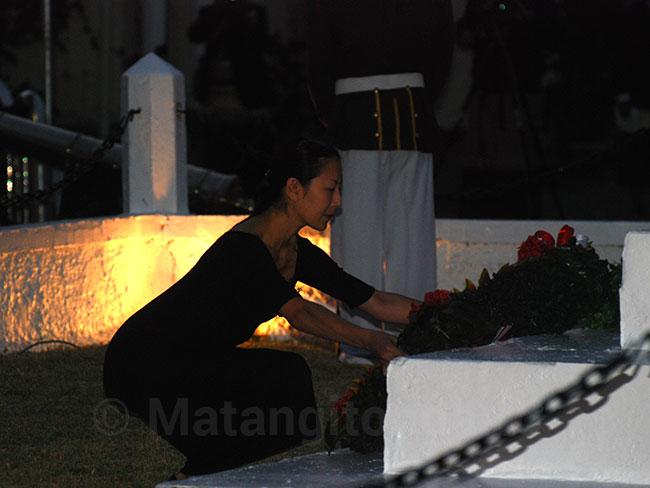
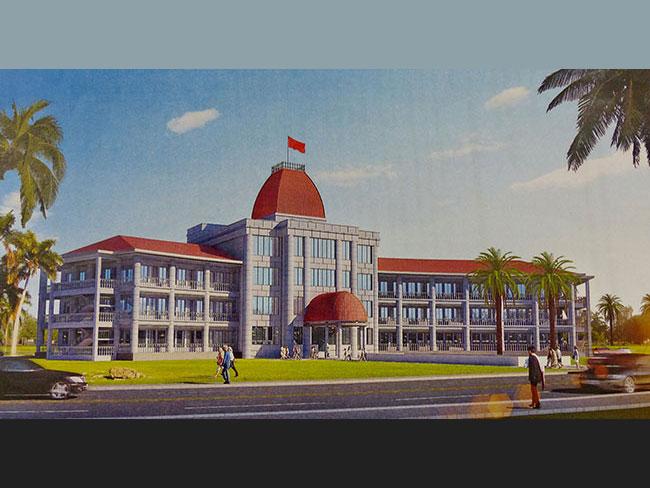


Comments
Chinese don't have any
They don't have any respect for Tongan history, . . .
'Oku 'ikai ha me'a lahi 'e
'Oku 'ikai ha me'a lahi 'e toe polepole ai ha tangata'i fonua pe fefine'i fonua totonu 'oha fonua ka ko 'ene sio, lau mo 'ilo 'a e hisitolia 'o hono fonua mo hono tupu'anga. Ko e taha 'eni 'o e konga huisitolia mahu'inga mo'oni ki he kakai totonu 'o Tonga ke fakahaofi mo tauhi ke tu'uloa 'o ta'engata. 'Oku 'i ai 'a e fa'ahinga kakai fakasesele 'e 3 'oku nau faka'auha noa'ia pe 'a e hisitolia mahu'inga 'o e ngaahi fonua, ko e ' ISIS, liberals & invaders.........SAIA
It is very interesting that
It is very interesting that this building is to be constructed in the primary location of central authority of Government of Tonga - and has already a foreign title of: St. George's Palace. Is this George Palace a hidden challenge to our own Tonga Royal Palace? It seems to me that these people who funded this construction have done their homework well on how use psychological and perception domination. I suggest that this name St. George's Palace, be replaced with our very own Tongan name/title. This building is located right in the central and heart of Tonga Government headquarters, therefore it should have a Tongan title. Let the King of Tonga give this building a Tongan title. Put this little title "St. George's Palace" in a bag and give it back to whoever is funding this building to take it with them to where they come from. Thank you, Ana Niumeitolu.
A very sad stage for all
A very sad stage for all Tongans, this destruction of a historical icon of part of Tongan history in the early 20th century - Tonga War Memorial. I understand that this, Tonga War Memorial is not only a precious historical record of Tongan soldiers who sacrificed their lives for Tonga but also our long time ties and almost family ties with countries like, Britain, NZ, Australia and USA. I assumed that this destruction may be illegal. However, from my personal perspective this destruction is quite arrogant and unforgivable. So as the naming of this new building as St. George Palace. Which to me is a slap on the face of people of Tonga and Tonga's pride. I hope that a Tonga title will replace this so called - St. George Palace. I reiterate again what I have said in my prior letter. Let the King of Tonga name this so called building little-St. George Palace, with a Tongan name/title that reflects Tonga pride and unity. Thank you, Ana Niumeitolu.